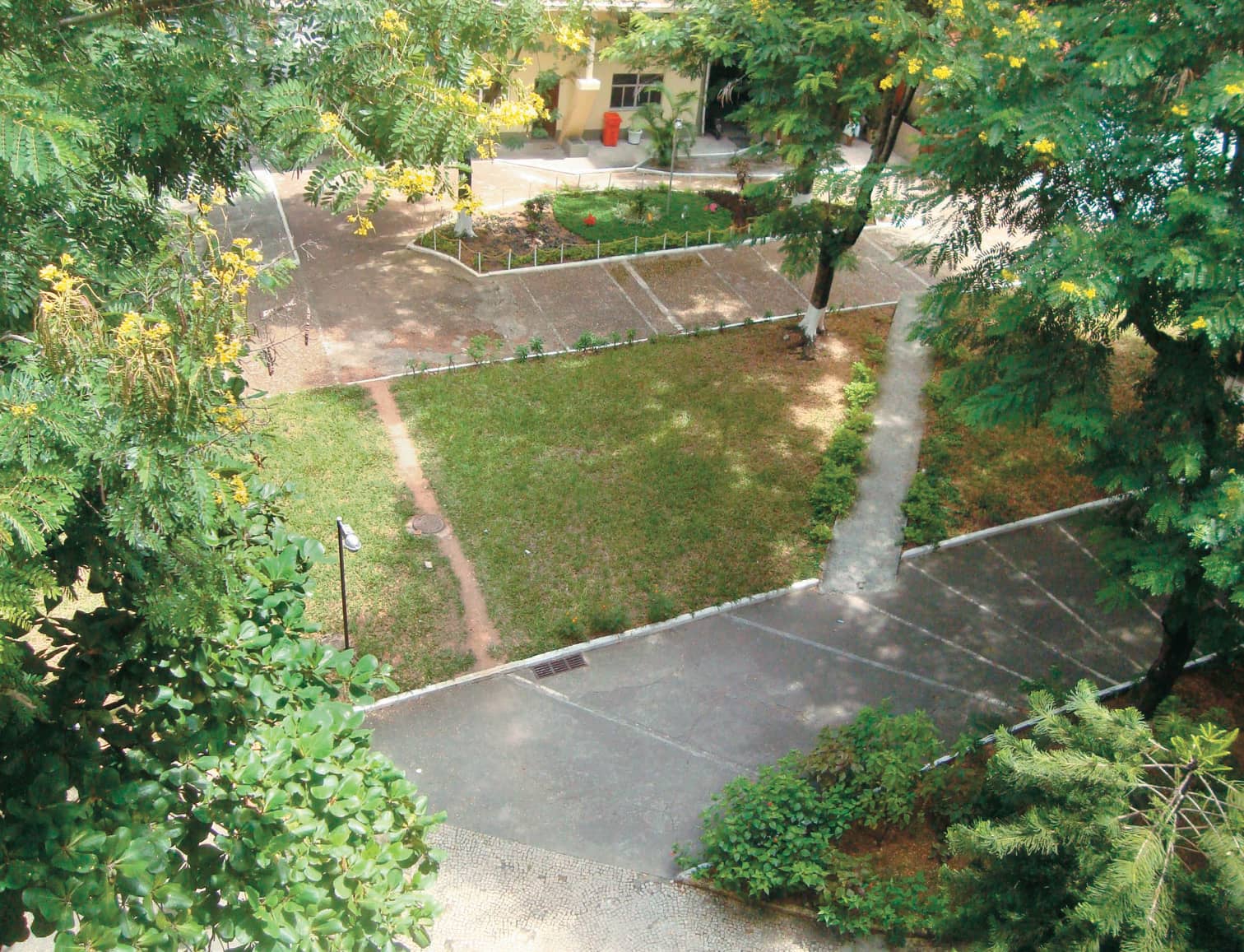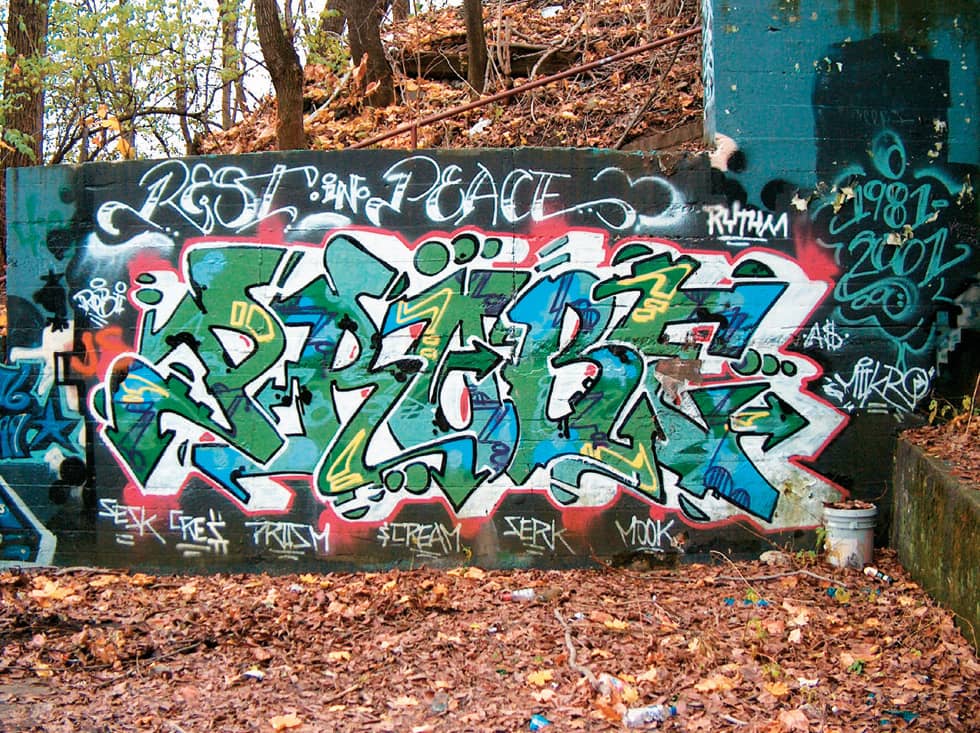RESEARCH METHOD
92 Unobtrusive Measures

Unobtrusive methods are used to acquire information without direct contact with participants, through nonreactive physical traces, archives, and observations.
Unobtrusive and trace measures were proposed in the late 1960s in response to the inherent bias evident in self-report and direct-contact methods such as surveys and interviews.1 The method uses physical evidence from events that have already occurred, archival records, and nonintrusive observations. The measures are designed to be flexible and creative, promoting the use of unusual data sources. They should be critically triangulated with other methods, not used in isolation.
Physical traces are measures made possible through physical evidence of use. Traces are characterized as erosion measures, evident through wear patterns or other subtractive factors, or accretion measures, evident as some form of deposit. The erosion of floors or grass can be used as an indication of preferred pedestrian traffic patterns; depth of the wear pattern may further suggest how well traveled the pathway is. Examples of accretion measures include litter, graffiti, makeshift signage to account for poor or absent directions, product modifications made by users suggesting shortcomings of a design, or fingerprints on an interface to indicate amount and patterns of use.
Archives are considered unobtrusive measures because as preexisting documents or records, they may be accessed for information without direct contact with participants. Archives of interest may include, for example, actuarial or court documents (births, marriages, divorces, deaths), mass media (newspapers, obituaries, magazines, websites), and sales, industrial, or institutional records. (receipts, library borrowing records, shipping records).
Observation can be an unobtrusive measure when the person being observed does not know he or she is being watched and the researcher has had no input in the structure of the situation, or when the researcher is viewing an event that was previously recorded.
Unobtrusive measures by their very nature involve sleuthing for clues without participant knowledge or informed consent. While most examples of this form of data collection are based on publicly accessible behaviors or records, the researcher needs to be cognizant of ethical boundaries. A limitation of the method may be a lack of details about who has contributed to the data being collected. However, as an informal method triangulated with other means of research, unobtrusive measures are an excellent source of design information.
Digital media has greatly expanded the possibilities for use of unobtrusive measures in research. Digital footprints provide trace indicators of technology use and qualities of social interaction and communication. For example, wireless network locations and the interesting names given to them can be collected and mapped using simple travel with cell phones or laptops.
1. Webb, E. J., D. T. Campbell, R. D. Schwartz, and L. Sechrest. Unobtrusive Measures: Nonreactive Research in the Social Sciences. Chicago, IL: Rand McNally, 1966. Revised edition, Thousand Oaks, CA: Sage Publications, 2000.
2. Kim, Miso, and Anne Iasella SanGiovanni. Visualizing Pittsburgh Graffiti: Using Information Design to Create Awareness Between Community Members and Graffiti Writers (unpublished Master’s thesis). Carnegie Mellon University School of Design, 2004.

Unobtrusive trace erosion measures are wear-patterns, here seen in the “desire line” evident as a preferred pathway, and the location of new pavement informed by a previously worn path.
Courtesy of Ana Paula Alencar Rocha / yayaomo.tumblr

Unobtrusive accretion trace measures include deposits such as graffiti and litter. For example, trace measures of graffiti were paired with other research methods for a project using information design and interactive tools to create awareness of the divergent viewpoints held by graffiti writers and community members.2
Photo by Cheryl L. G. Riedel, courtesy of Miso Kim

Unobtrusive trace measures often provide evidence of needed design change, here indicated by temporary signage clarifying a misunderstood interface.
